The Roots of Electro Swing
The Roots Of Electro Swing By Chris Swinglis
As with any genre, it’s difficult to pinpoint the exact moment Electro Swing could be said to have first begun. Genres are constantly evolving and adapting to their respective environments, and it’s often only with hindsight that one may realise the importance certain songs or events may have had on a subsequent genre’s emergence. The roots of electro swing stretch far far back, and determining the genre’s development is not an objective matter. However, we may look at the music that preceded it retrospectively, and begin to develop some sort of timeline that can be said to have foreshadowed the genre’s arrival.
I’ve chosen to put the most recent end of the timeline at 2004, for this year saw the release of both Parov Stelar’s Rough Cuts, and Nicolas Repac’s Swing-Swing. By this year, electro swing had well and truly surfaced. Determining the other end of this timeline is a bit more tricky however. We could obviously look at the lineage of jazz, going back to the late 18th-century, but I’m more interested in looking at the first merging of jazz and dance music; of vintage and remix; of swing and electro.
Written by Chris Swinglis Date: 2019-10-28
1917
One might say then, that the first example of this was the very first time a jazz track was put to recording. In this instance then, we have a very clear answer to the question, for the first jazz recording is very well documented, that being the Original Dixieland Jass Band’s ‘Livery Stable Blues’.
1926
Another early development that one must take note of is the type of vocal stylings that would later provide a basis for hip hop, and most notably, jazz rap. It’s long been argued that this type of vocal delivery emerged out of scat singing, and whilst it’s difficult to determine the very first instance of this, what’s often cited as the first example is Louis Armstrong’s ‘Heebie Jeebies’.
1937
Scat singing was used extensively through jazz and its related styles, and if one digs hard enough, it’s possible to find examples of early tunes sounding considerably similar to what would later develop into rap. The finest example I’ve come across is in the gospel music of the Golden Gate Quartet.
Now, whilst the use of the studio can certainly be described as electronic innovation in jazz, all of the examples featured so far have only featured acoustic instruments. This would change in this same year however, whereupon we can find the first example of true electronic instrumentation on a jazz record: George Barnes’ electric guitarwork on Big Bill Broonzy’s ‘Sweetheart Land’.
1939
Whilst Barnes’ work was certainly revolutionary, he never managed to achieve the popularity that he perhaps deserved. That acclaim would largely be directed towards Charlie Christian, who – joining the Benny Goodman Orchestra in this year – would become one of the most notable and influential guitarists of all time.
1969
To an extent, these types of developments opened the floodgates to all sorts of electrical innovation in jazz, and as the style would progress, many more artists began incorporating electronic instrumentation into their music. The most notable of these was arguably Miles Davis, who between 1968 and 1975 was even referred to as having an ‘electric period’, marked by albums such as In a Silent Way, and Bitches Brew.
1970
Similarly, the proto-hip hop sounds would continue to develop, often directly alongside the music of jazz. The most notable of these artists around this period was Gil Scott Heron, who has at times been considered the world’s first rapper.
1975
Jazz also started to become intertwined with the early development of electronic dance music around this time, and one of the first records to showcase this was Lonnie Liston Smith’s ‘Expansions’.
1983
Inspired by music such as this, one of the earliest musicians to extensively fuse jazz with the emerging electro sound was Herbie Hancock. This year, Hancock released Future Shock, an album unlike anything he’d produced before. Most notably for the single ‘Rockit’, from this album onwards, Hancock would begin to focus just as much energy onto the electro sound as he had previously done with jazz.
1985
By this time, the world had fully embraced the hip hop style, and musicians would begin to see how they might be able to fuse this music with various others. Although something of a gimmick, the first track to do this with jazz was the appropriately named ‘Jazz Rap’ by Cargo, the group centred around British musician Mike Carr.
1986
This year would see the development of the new jack swing sound, pioneered by producer Teddy Riley, which fused the sounds of swing with the contemporary R&B sound. Developing the sound alongside his own act Blackstreet, what is generally considered the first new jack swing release was Janet Jackson’s Control.
1988
1988 would then see the release of what’s widely considered the first genuine jazz rap track, a track that would arguably set off the whole of the jazz rap scene that developed out of New York around this time, Stetsasonic’s ‘Talkin’ All That Jazz’.
The NY jazz rap scene culminated in the creation of Native Tongues, a crew of various artists creating this type of music, and all regularly collaborating with one another, including the Jungle Brothers, A Tribe Called Quest, De La Soul, Queen Latifah, and Monie Love.
This year also saw the emergence of acid jazz in Britain, combining the sounds of acid house with contemporary jazz. Developed by DJs such as Gilles Peterson and Chris Bangs, the Acid Jazz label put out its first compilation in 1988, entitled Totally Wired.
1989
The various movements around this time can all retrospectively be seen to signal the introduction of a style like electro swing, and what is occasionally cited as the first electro swing track would emerge this year, Jive Bunny and the Mastermixers ‘Swing the Mood’, based around Glenn Miller’s ‘In the Mood’, and sampling many early rock ’n’ roll tracks as well. Like Cargo’s ‘Jazz Rap’, this release was certainly something of a gimmick, but it’s essential to highlight when considering the development of the electro swing style.
1991
Alongside the acid jazz scene, Britain would also see the development of trip hop, a more laidback style fusing the sounds of hip hop and jazz, featuring extensive sampling. Largely emerging out of Bristol, the pioneers of trip hop are generally considered to be Massive Attack, Tricky, and Portishead.
Back in America, the ’90s would also see the development of the neo-swing genre, pioneered by California’s Royal Crown Revue. Fusing swing with a more contemporary rock sound, this genre would have considerable influence upon the electro swing style.
1992
1992 brought with it the release of Miles Davis’s final album, Doo-Bop. Unsurprisingly, considering the innovation Davis involved himself with during his ‘electric period’ – and indeed, throughout his entire career – he would continue to create music in unexplored territory, this time working alongside hip hop producer Easy Mo Bee.
Another of the most significant artists of this era for electro swing was Courtney Pine, a jazz saxophonist who would undertake extensive collaboration with artists from genres including hip hop, and drum ’n’ bass. Pine’s sixth album is arguably his most influential in this regard, ‘To The Eyes of Creation’.
1993
One of the acts Pine would occasionally collaborate with was the hip hop duo Gang Starr, and in 1993, Gang Starr’s MC Guru would release Jazzmatazz, which many have argued is the absolute pinnacle of the entire jazz rap scene.
Returning to new jack swing, this year also saw the release of K7’s ‘Hi De Ho’, a track which resembles incredibly closely what we would now undoubtedly refer to as Electro Swing.
And a similar track in this manner is ‘U Got Me Up’, a house track by Dajaé featuring a significant swing influence, which was released the same year.
1994
So this year is important, as it saw the release of ‘Lucas With the Lid Off’ by Danish rapper Lucas, in which he raps over a sample of Benny Goodman’s ‘When Buddha Smiles’. Considering all of the tracks featured so far throughout this post, there is plenty of opportunity for debate as to what constitutes genuine electro swing and what doesn’t, but in this case there can be no doubt. ‘Lucas With the Lid Off’ is 100% electro swing, and makes a very convincing argument for the first ever Electro Swing release.
1999
Following on from ‘Lucas With the Lid Off’ we would see a number of similar tracks emerge, but this seemed to really take shape around the turn of the century, when we would find tracks such as Moby’s ‘Honey’…
…Mr Scruff’s ‘Get a Move On’…
2000
…and the following year, Jurassic 5’s ‘Swing Set’.
2001
The penultimate year I will discuss is 2001, during which ‘Shadow Kingdom’ was released, by the obscure Austrian artist Plasma. More in line with acid jazz than the new electro swing sound, this album was notable for being the first release by Marcus Füreder, who would later become Parov Stelar.
2004
And by this point, electro swing had undoubtedly emerged. I mentioned at the beginning that this year’s releases by Parov Stelar and Nicolas Repac signalled the first undeniable electro swing albums; interestingly enough a decade after the first undeniable electro swing single.
Since this, it’s quite easy to track the development of electro swing. The following years would see the beginnings of Caravan Palace, C2C, Caro Emerald, Chinese Man, the Correspondents and a whole host of other acts who any enthusiast will presumably be familiar with. These preceding developments did not occur with any kind of predetermined purpose of creating electro swing, but in many of their cases it’s easy to see how significant their impact upon the scene has been. I certainly hope that this little history lesson has been educational, and has demonstrated – if nothing else – how complex the roots of a music scene can be. Indeed, particularly for electro swing – which owes so much to its predecessors – an awareness of how the genre came to be will perhaps make the experience of listening to the music even more enjoyable.
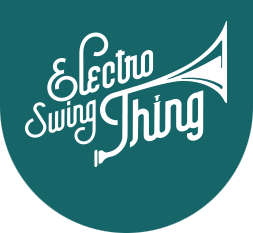
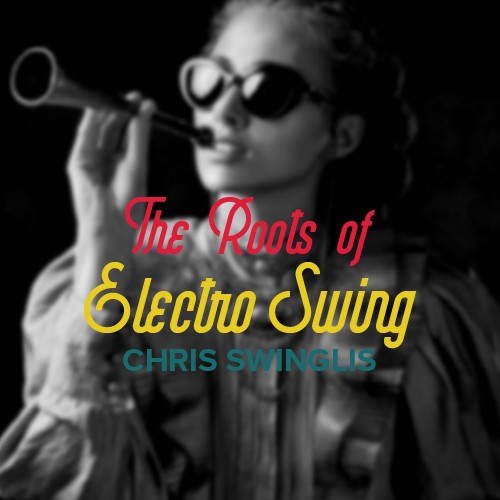
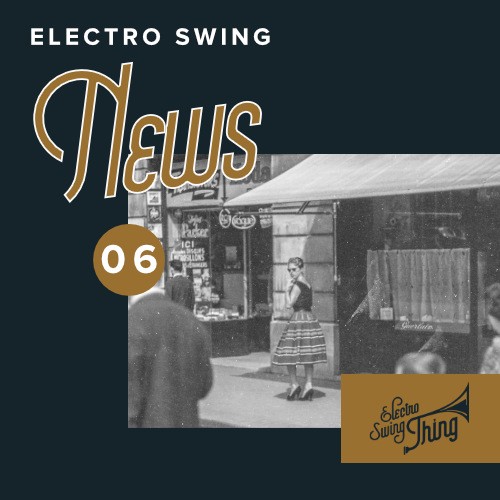 Electro Swing Thing
Electro Swing Thing 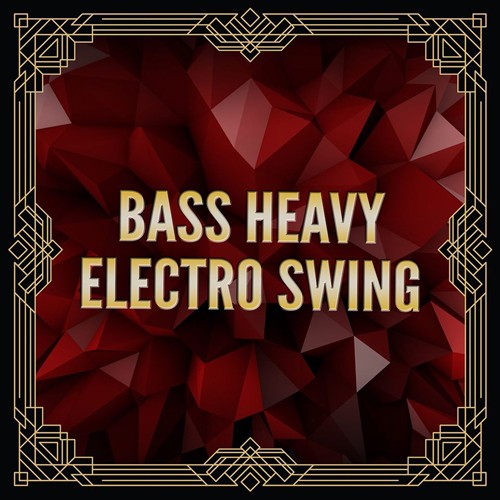
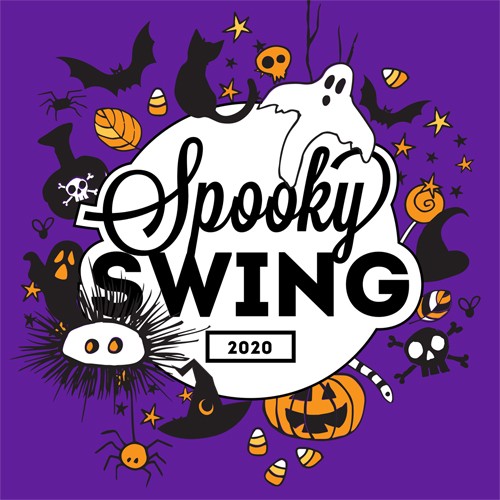 Electro Swing Thing
Electro Swing Thing 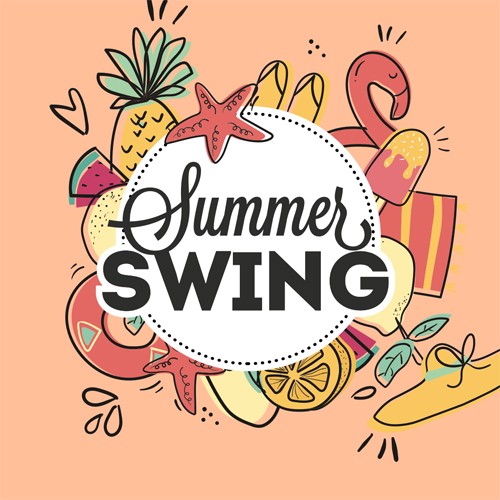 Electro Swing Thing
Electro Swing Thing 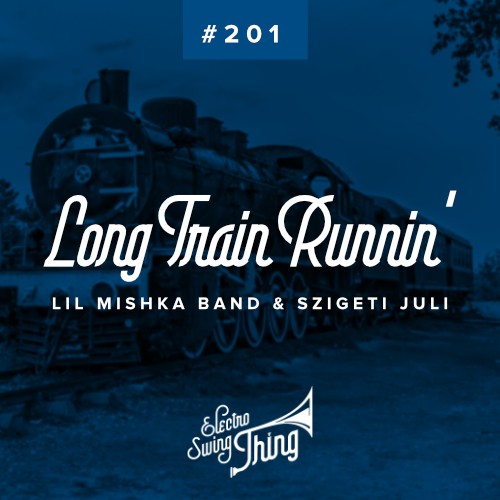 Electro Swing Thing
Electro Swing Thing 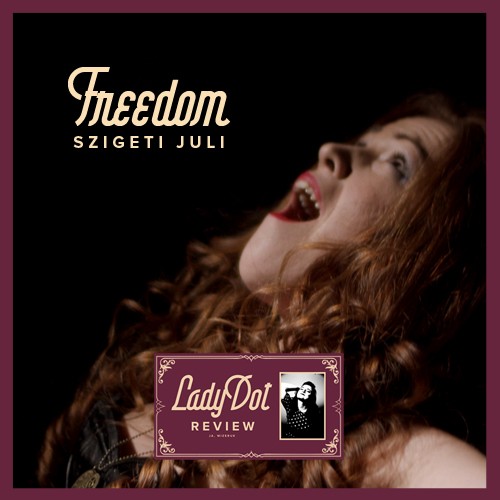 Electro Swing Thing
Electro Swing Thing  Electro Swing Thing
Electro Swing Thing 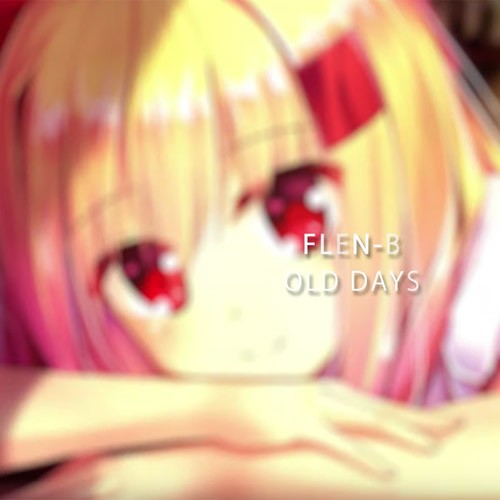

 Electro Swing Thing
Electro Swing Thing